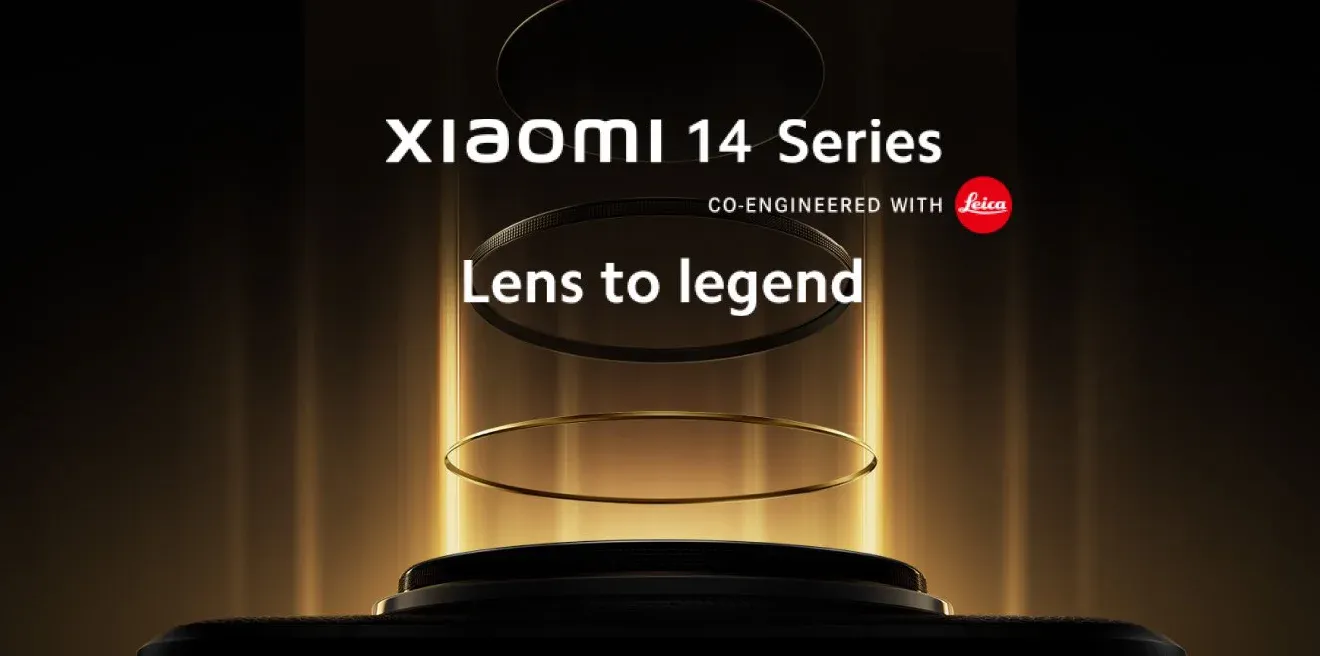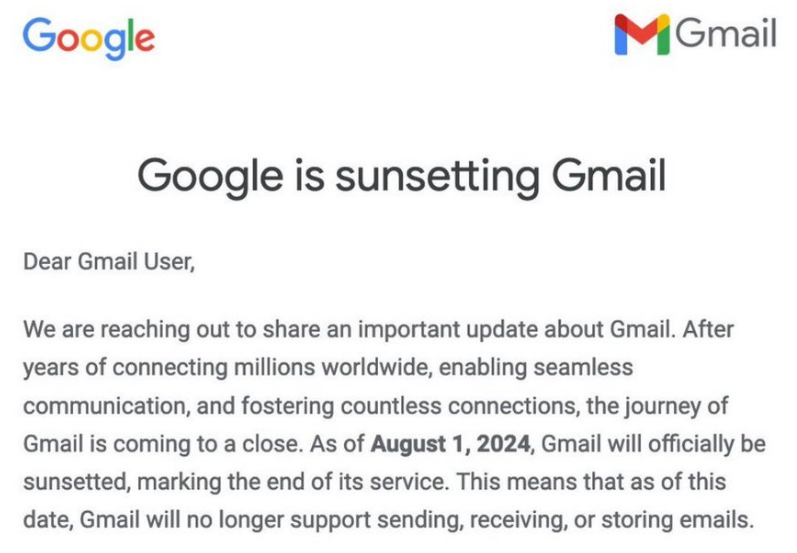Table of contents
In a significant ruling, a court rejected Apple's lawsuit to ban iOS virtual machines, marking a noteworthy moment for developers and users who rely on these systems for software testing and development.
Apple has been in a legal battle over using iOS virtual machines, claiming they violate its intellectual property rights. These virtual systems allow developers to run iOS software on non-Apple hardware, which is crucial for testing new applications and updates without using physical Apple devices. However, Apple argued that these virtual machines infringed upon its proprietary rights and tried to enforce a ban on their use.
The ruling against Apple's lawsuit means developers can continue using iOS virtual machines, providing them the flexibility to build and refine their software. This decision is of considerable significance, especially for smaller development teams and individual developers who might not have the resources to invest in a wide range of physical Apple devices for testing purposes.
Critics of Apple's lawsuit have pointed out that the move seemed to limit competition and innovation by restricting the tools available to developers. Therefore, the court's decision is being hailed as a victory for developer freedom and innovation.
Despite the setback, Apple is expected to continue its efforts to control how its software is used to protect its intellectual property and maintain the quality of applications on its platform. How this ruling will impact Apple's strategy moving forward remains to be seen.
This ruling sets a precedent that could have implications for other tech companies that wish to restrict the use of their software in virtual machines or similar environments. The fine line between protecting intellectual property and fostering innovation continues to be a contentious issue in the ever-evolving tech landscape.
The story will be closely followed by developers, tech companies, and legal experts as they navigate the complexities of intellectual property rights in the digital age.
Also, read the following:



















